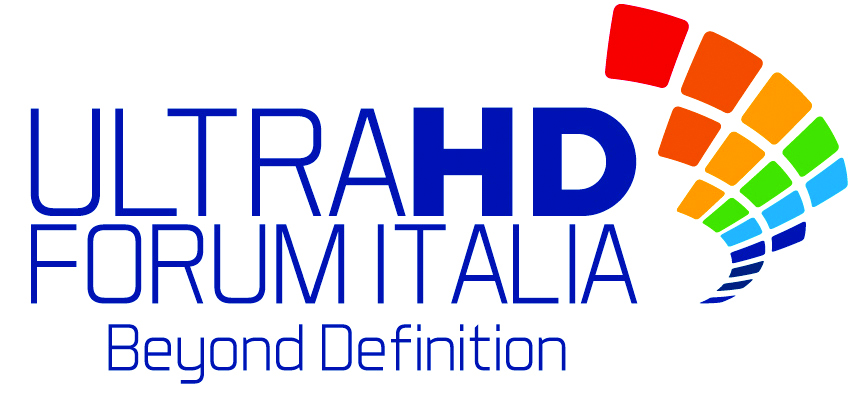Hybrid TV, OTT, web TV: harmonising broadcast and broadband
The conference organized by HD Forum Italia in 2013 had a dual theme, “From zero to 4K: ten, a hundred, a thousand screens.” This title summarizes the two main concepts for the future evolution of television: image quality on the one hand, and the proliferation of screens on the other. Quantity is thus a prevailing factor for 21st-century television. The pervasiveness and availability of television programs, even in mobile form, is a revolution of historic significance. This revolution has occurred fundamentally through the upgrading of broadband connections and the release of increasingly efficient compression codecs, such as MPEG4, which have enabled the distribution of audiovisual content through new platforms with the efficiency and quality of broadcast television.
The combination of broadcast and broadband has consequently produced a range of alternatives to traditional linear TV for program enjoyment, disrupting the landscape of offerings and bringing new aggregators and publishers of audiovisual content to the fore. This new television is called OTT, Over The Top, and refers to the distribution of audiovisual content delivered by IP over open network infrastructure. The most widespread example of OTT is Web TV, a television service delivered over the Internet based on streaming. Web TV differs from IPTV because it is built on the principle of best-effort delivery, while IPTV guarantees the quality of service through typical priority mechanisms.
The integration of broadcast and broadband has led to the production of specific set-top-boxes (decoders) and “smart” televisions that allow the user to view both linear television and Web-delivered content.

